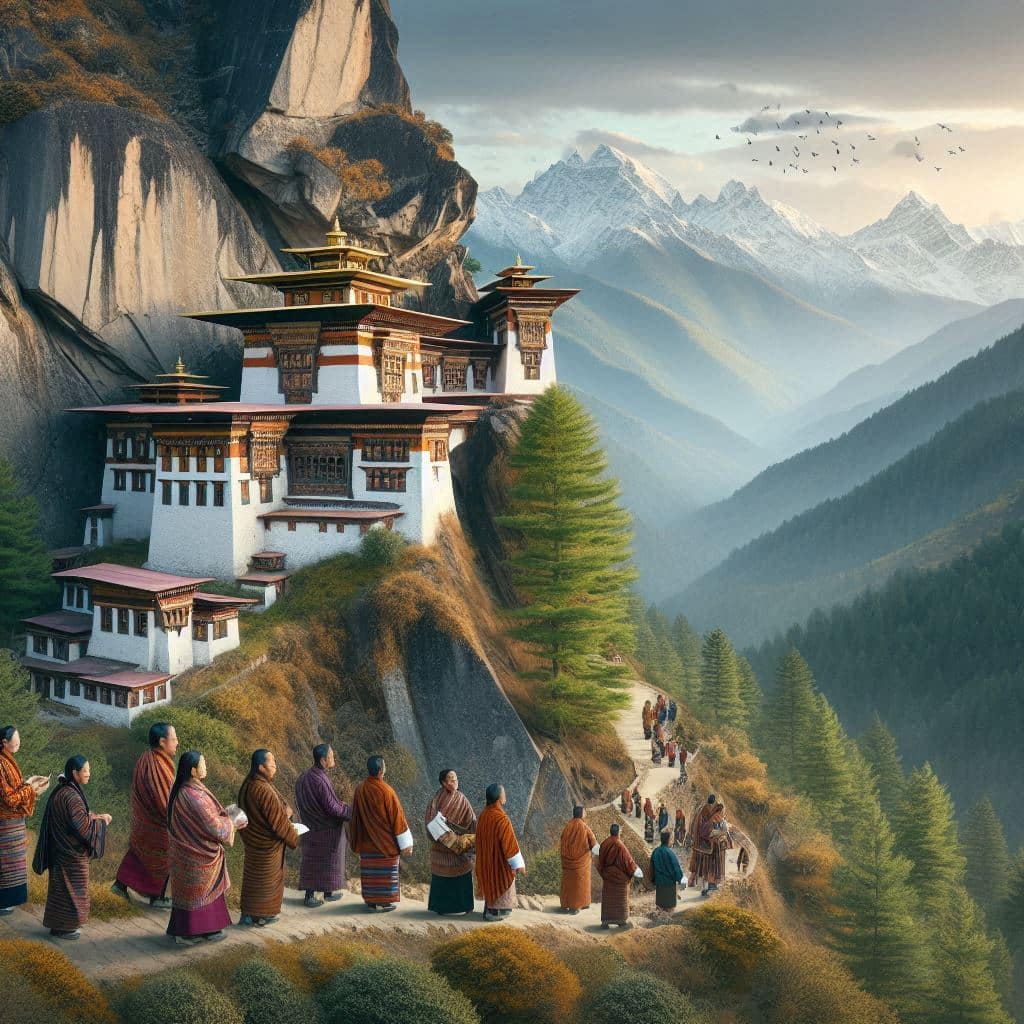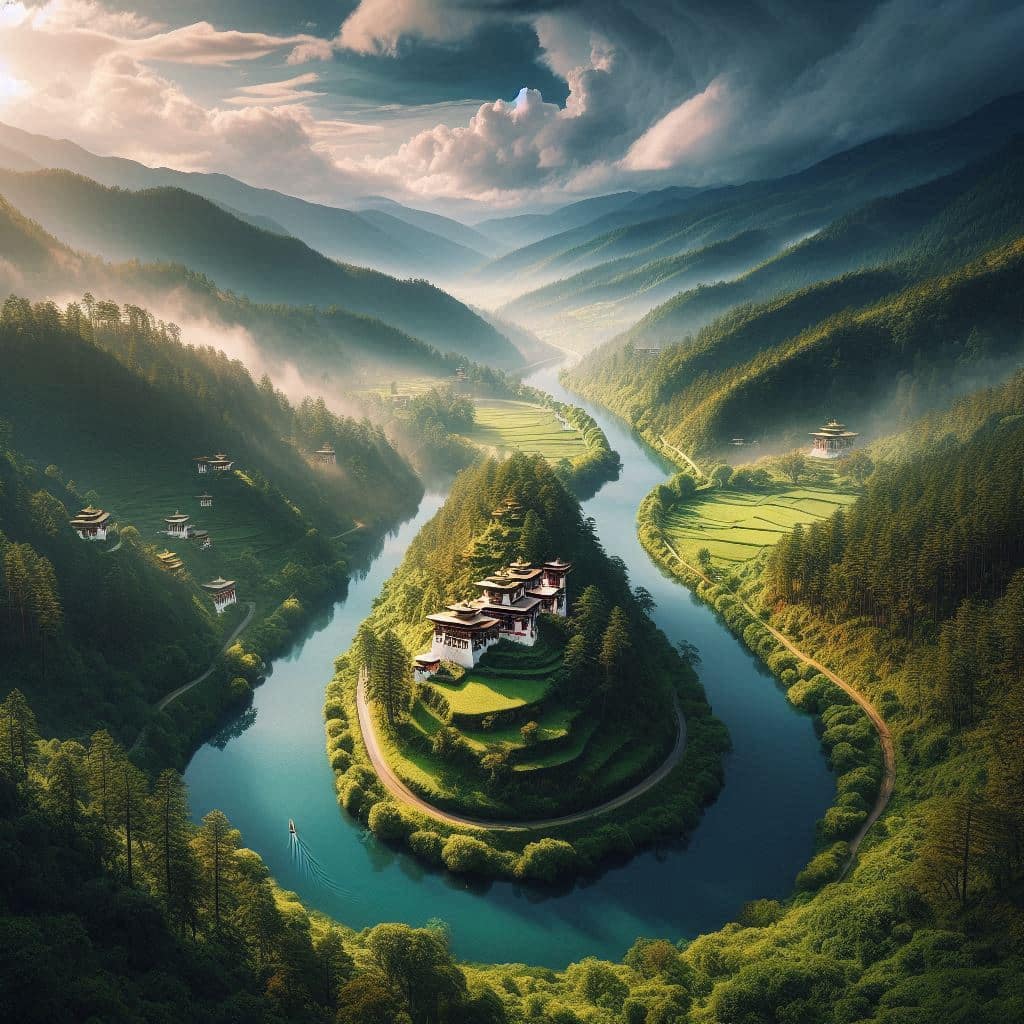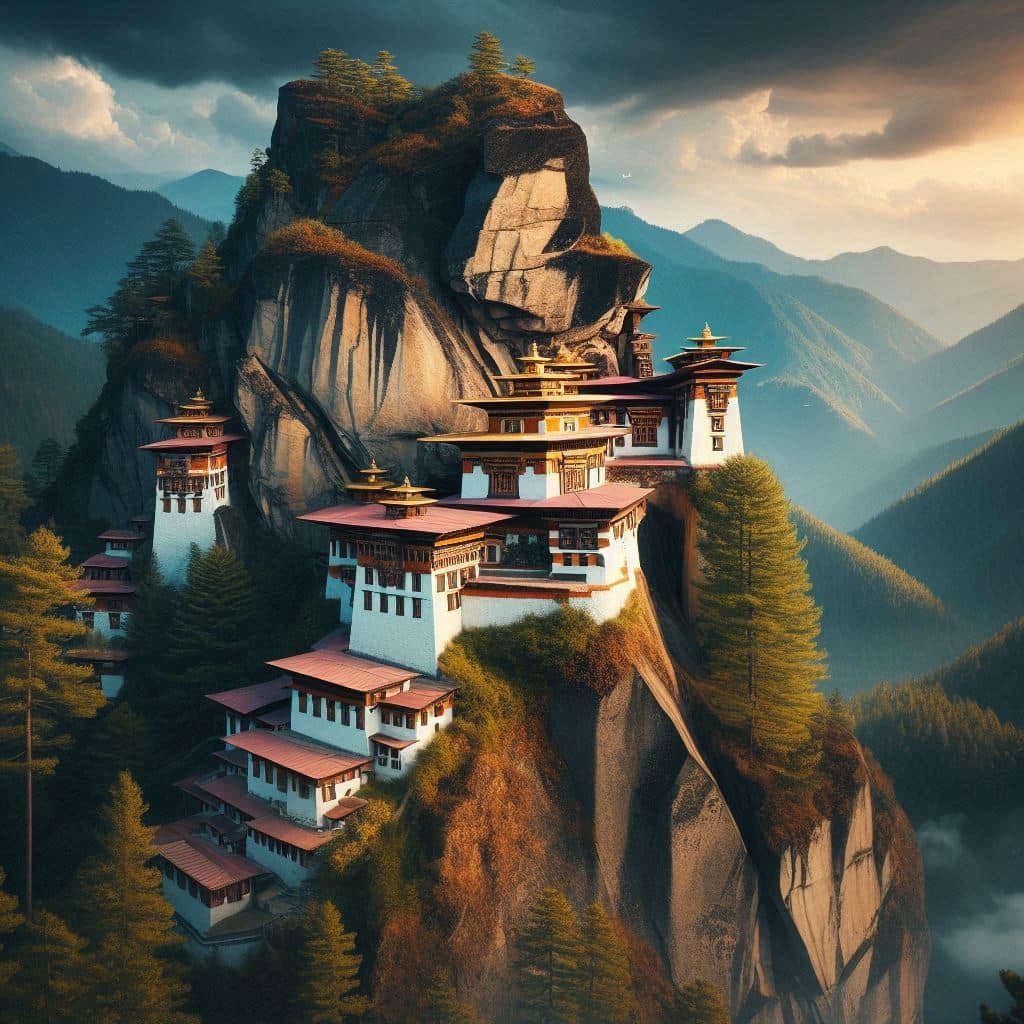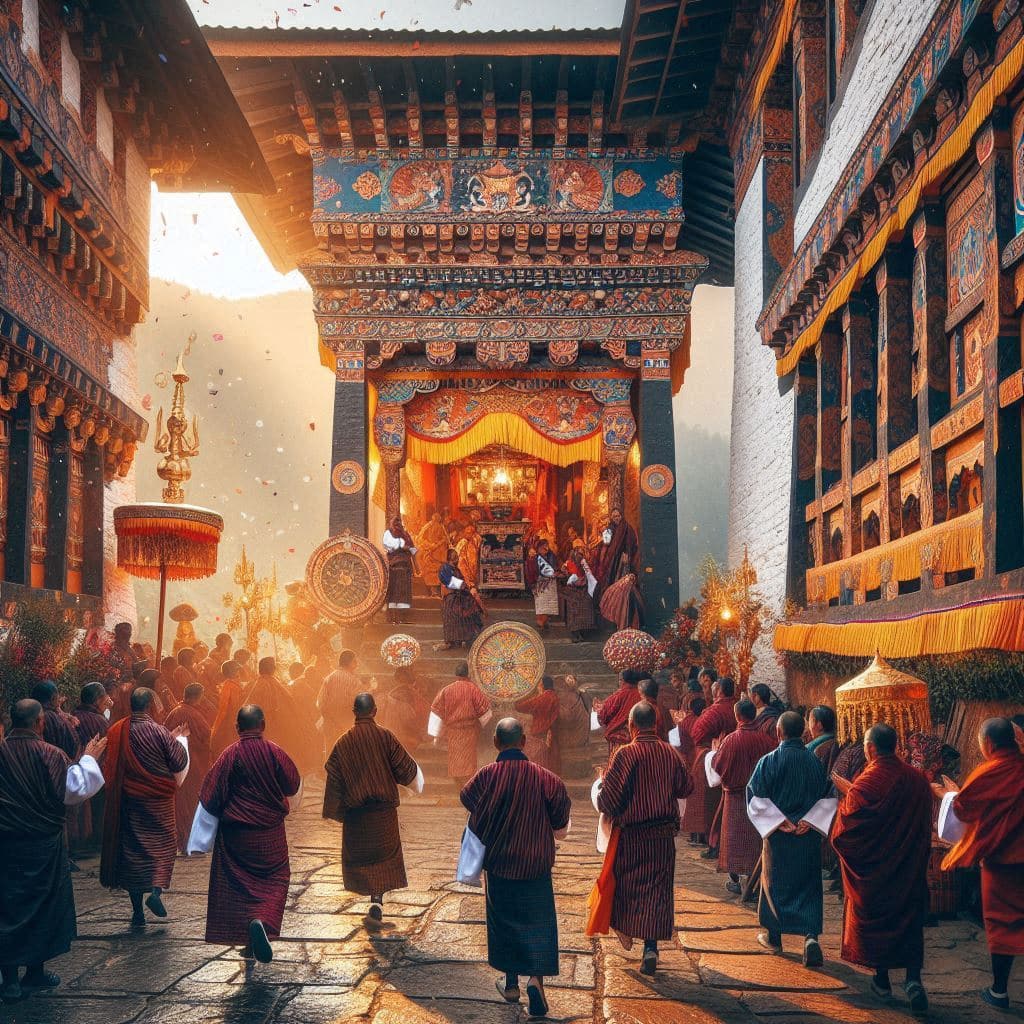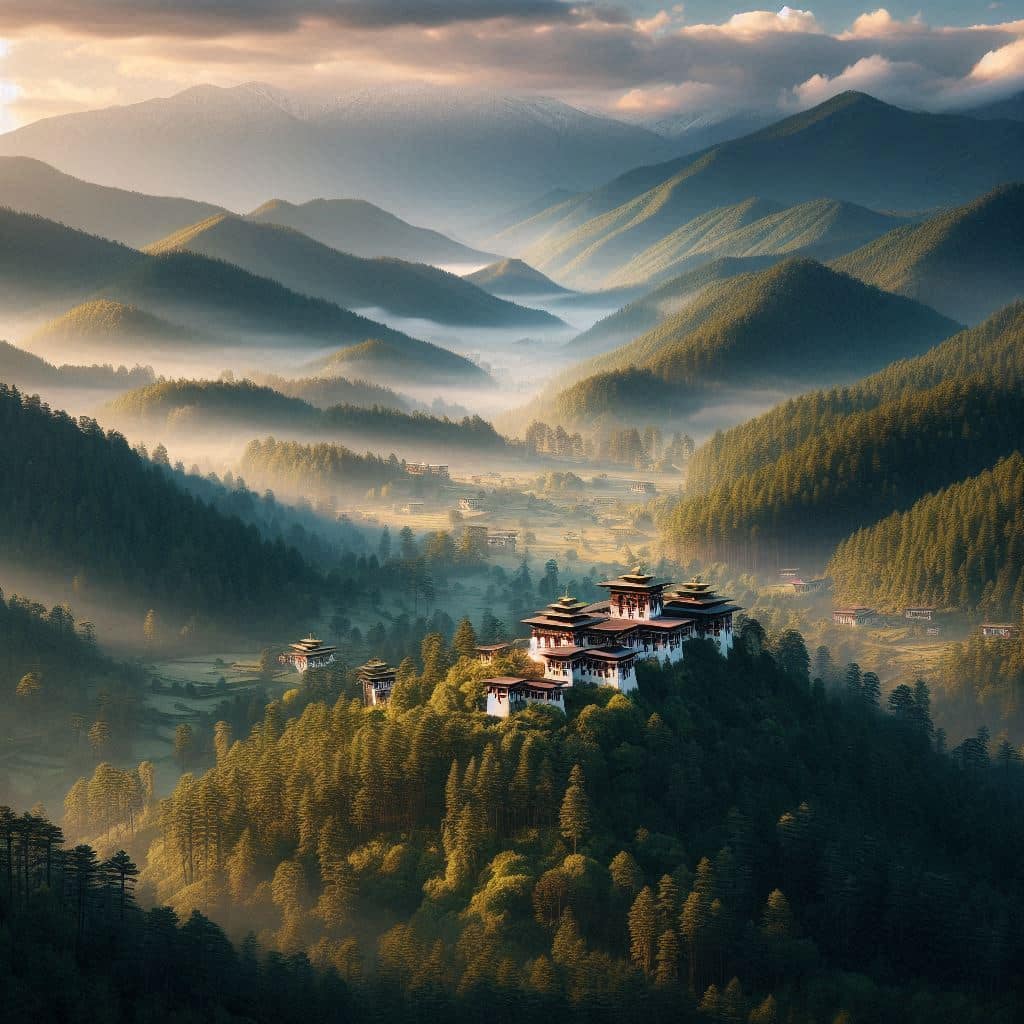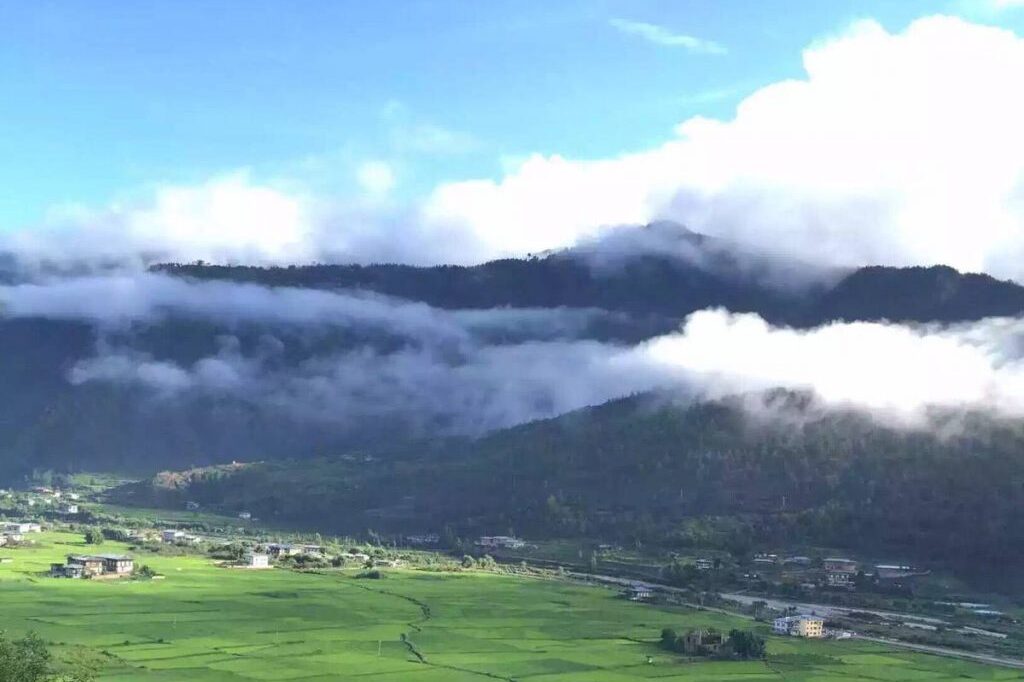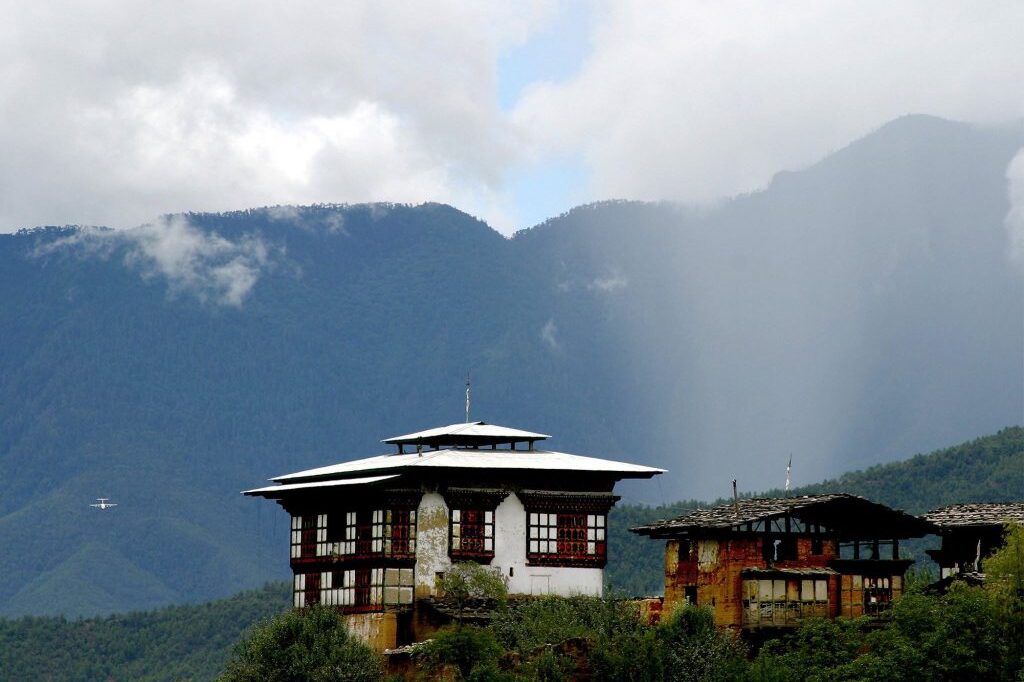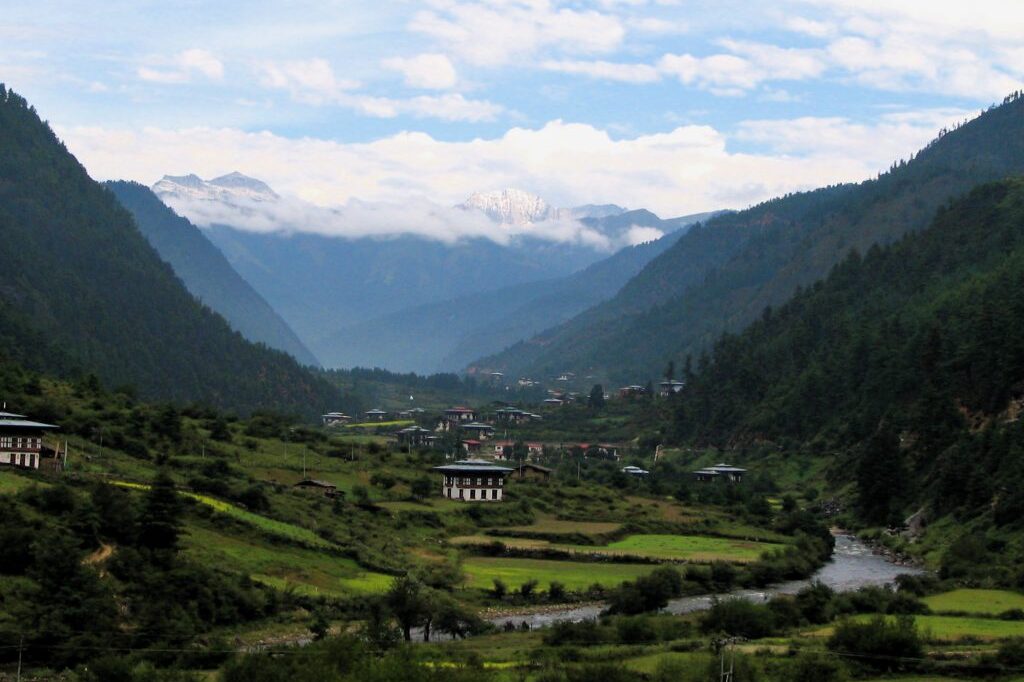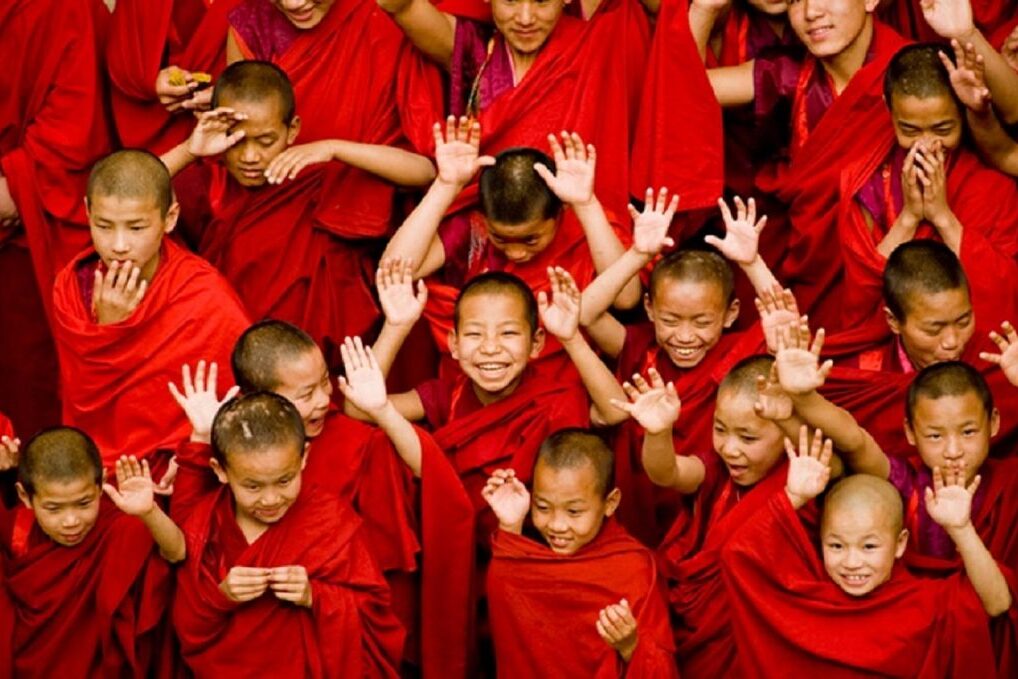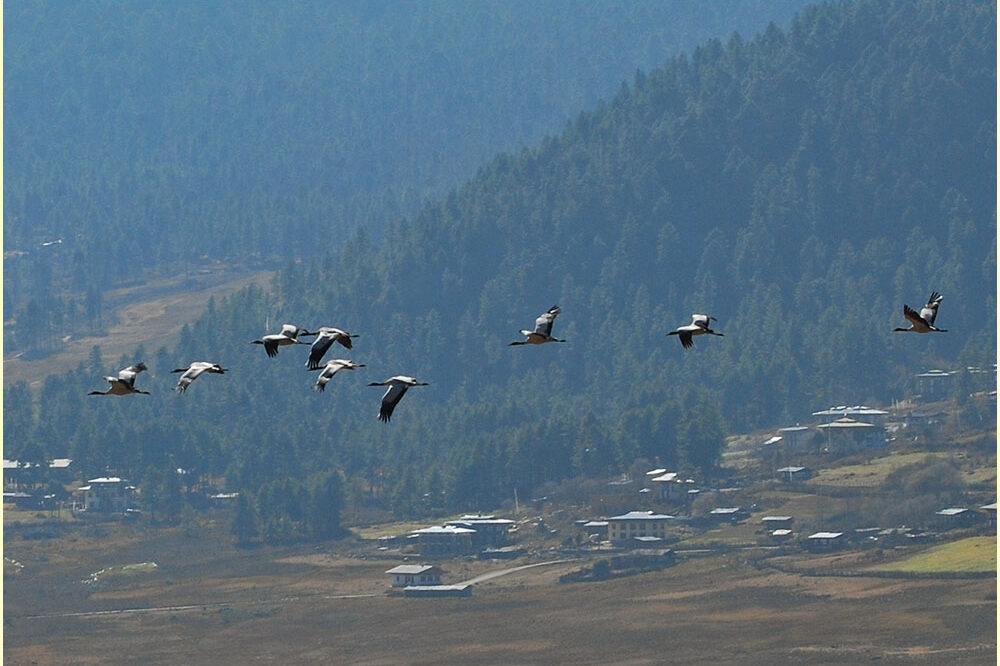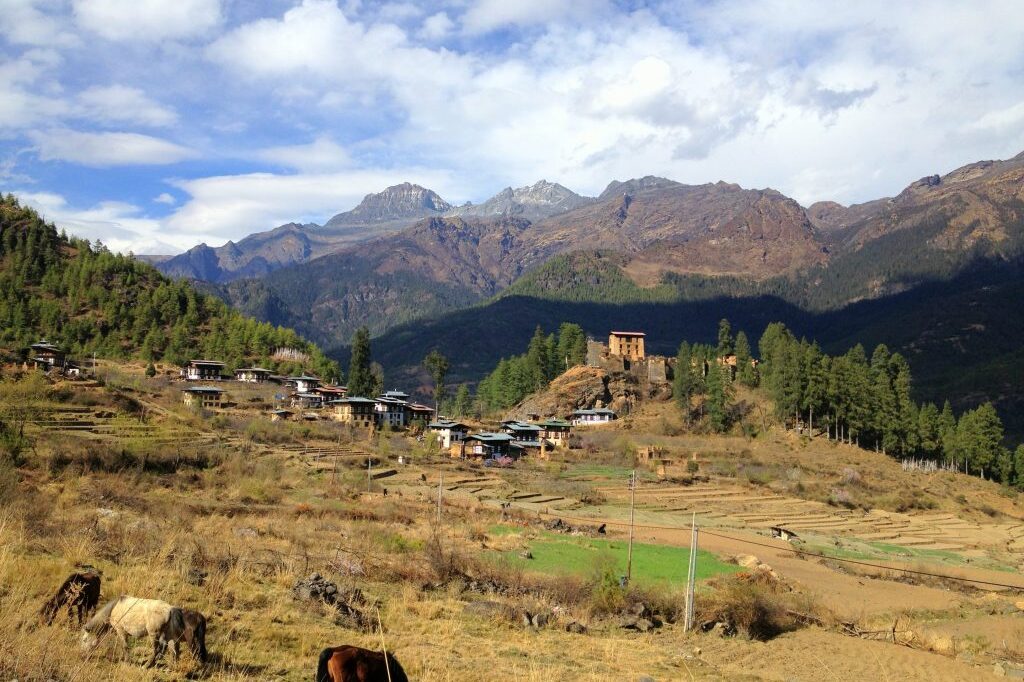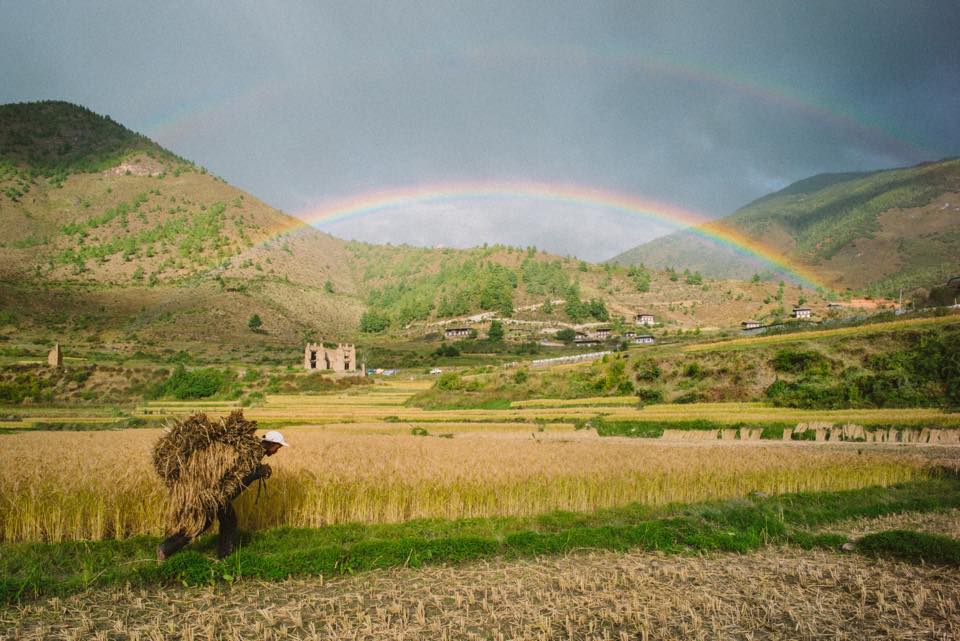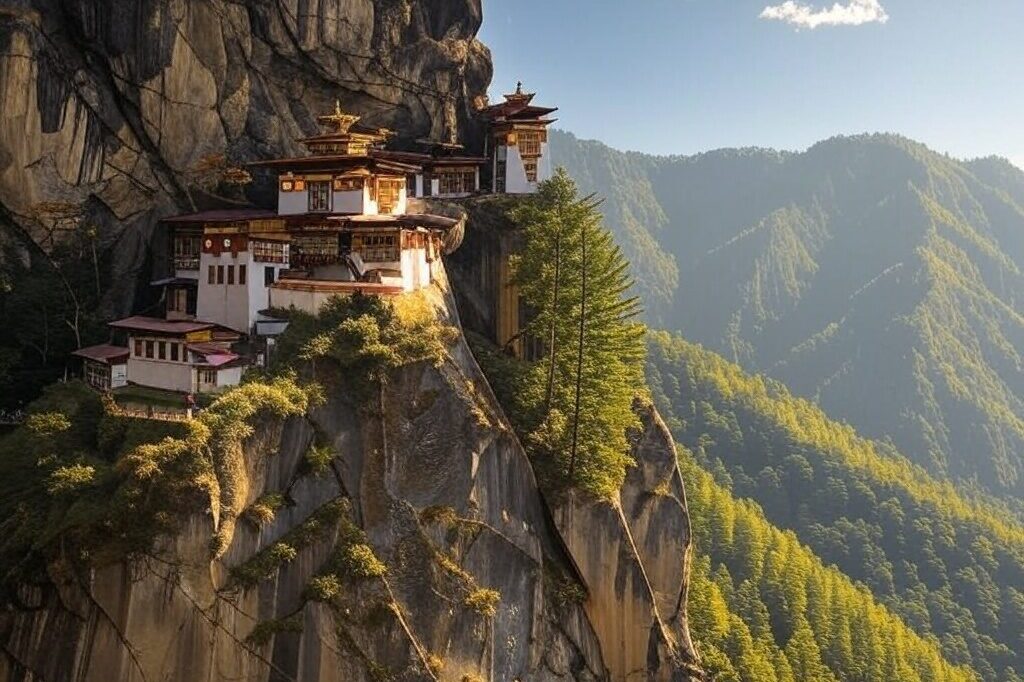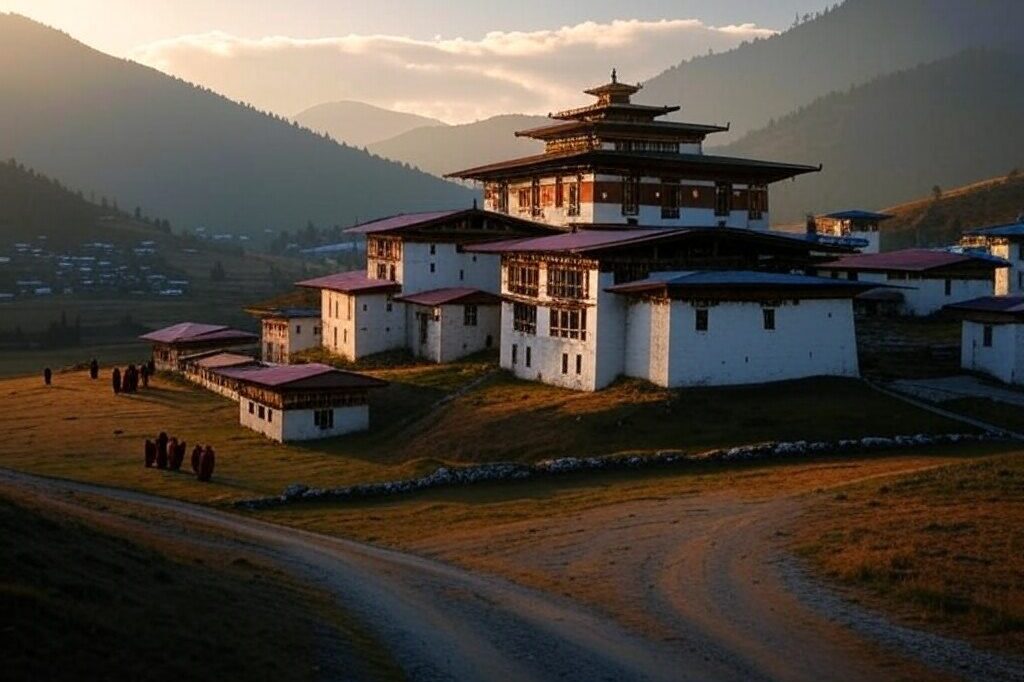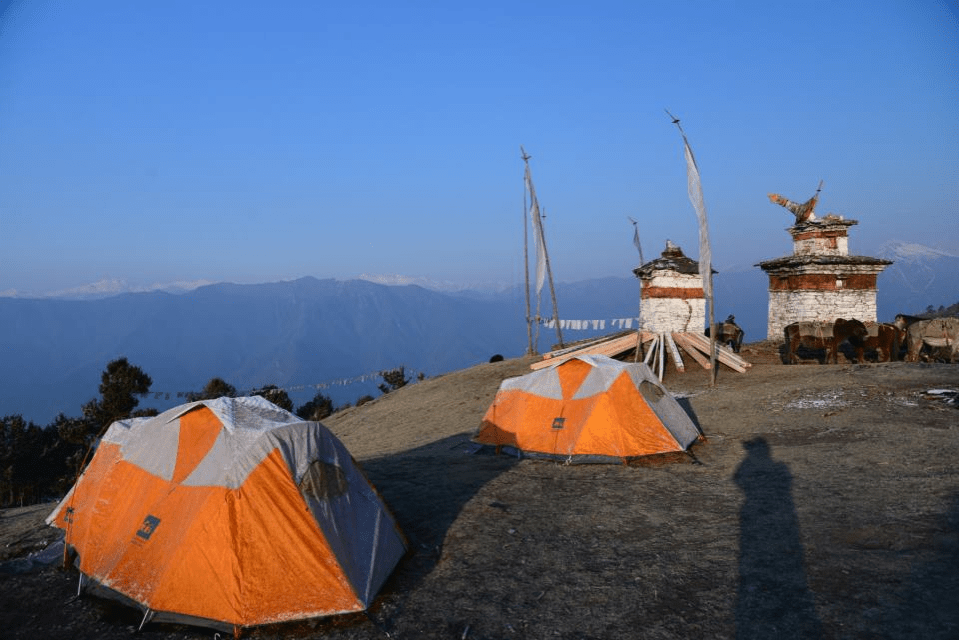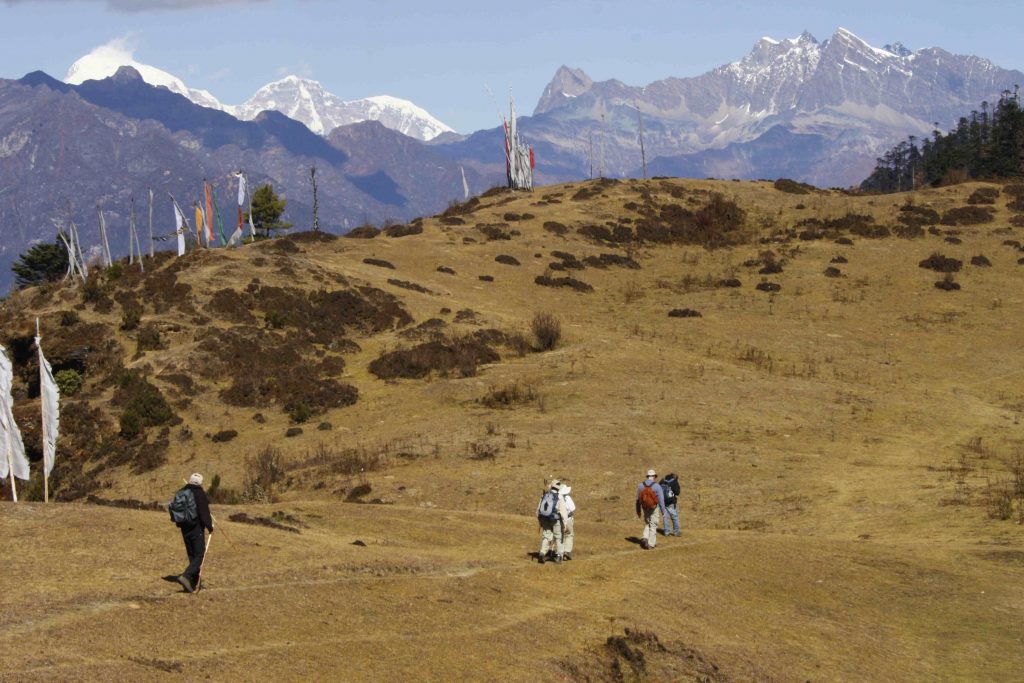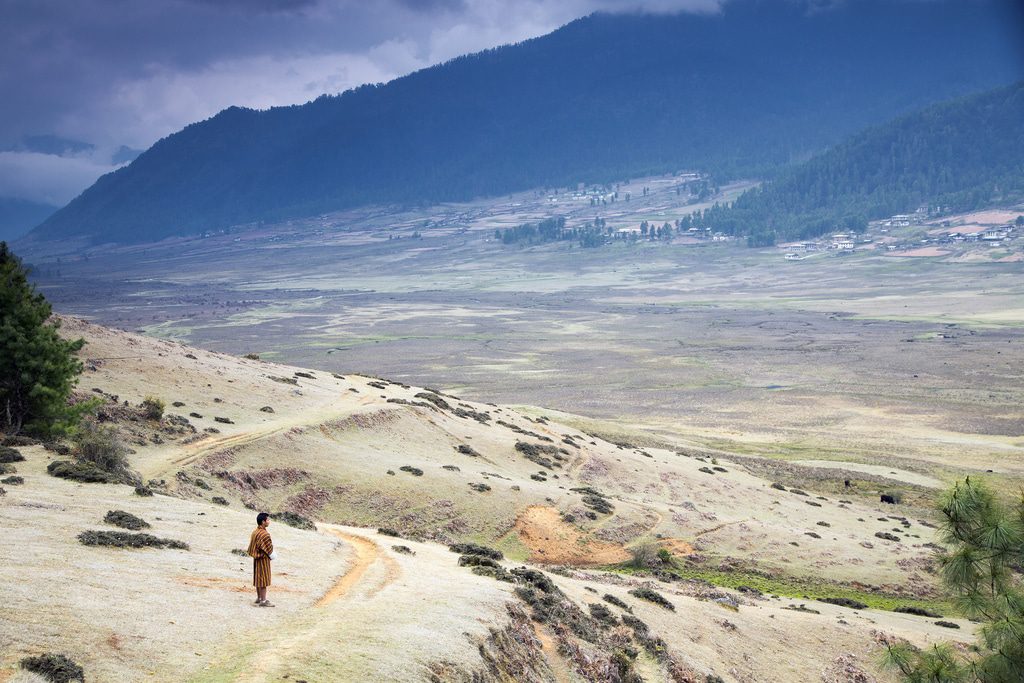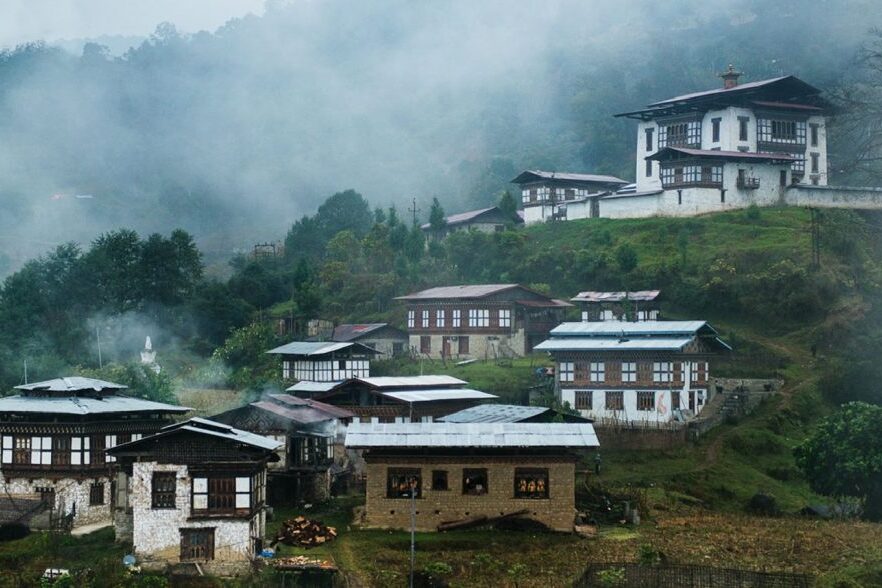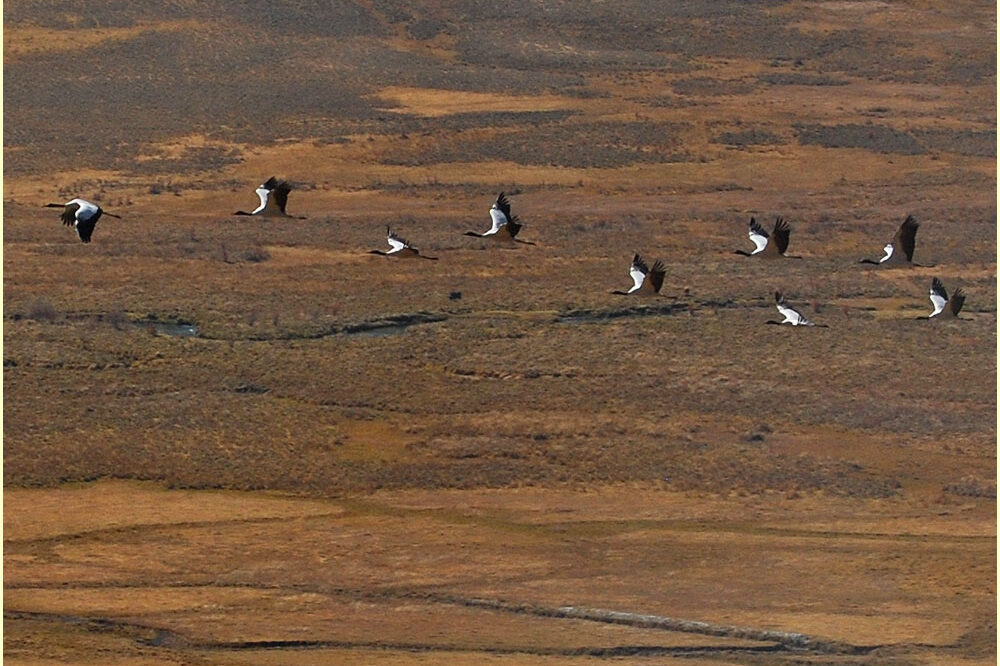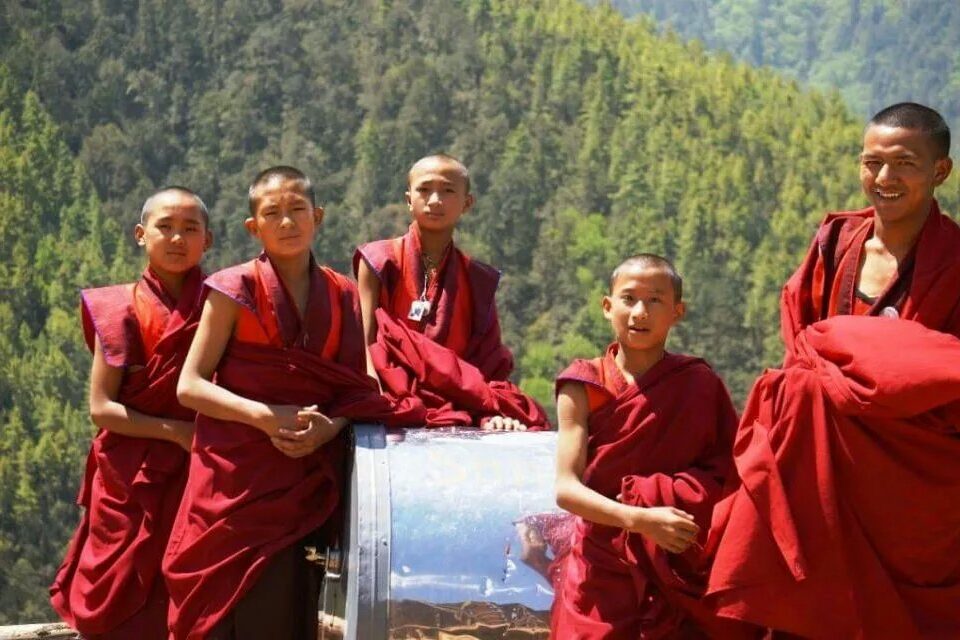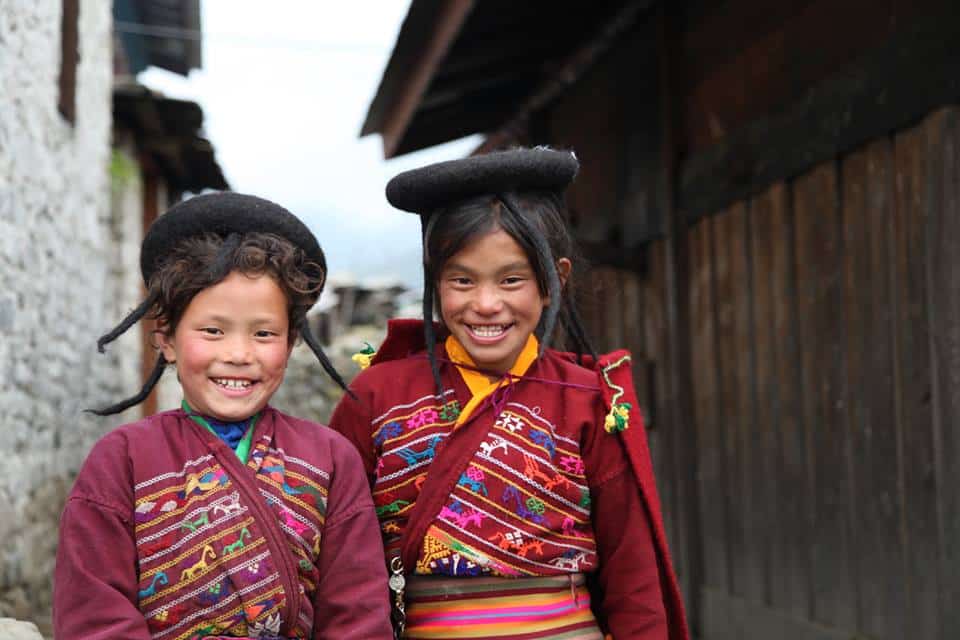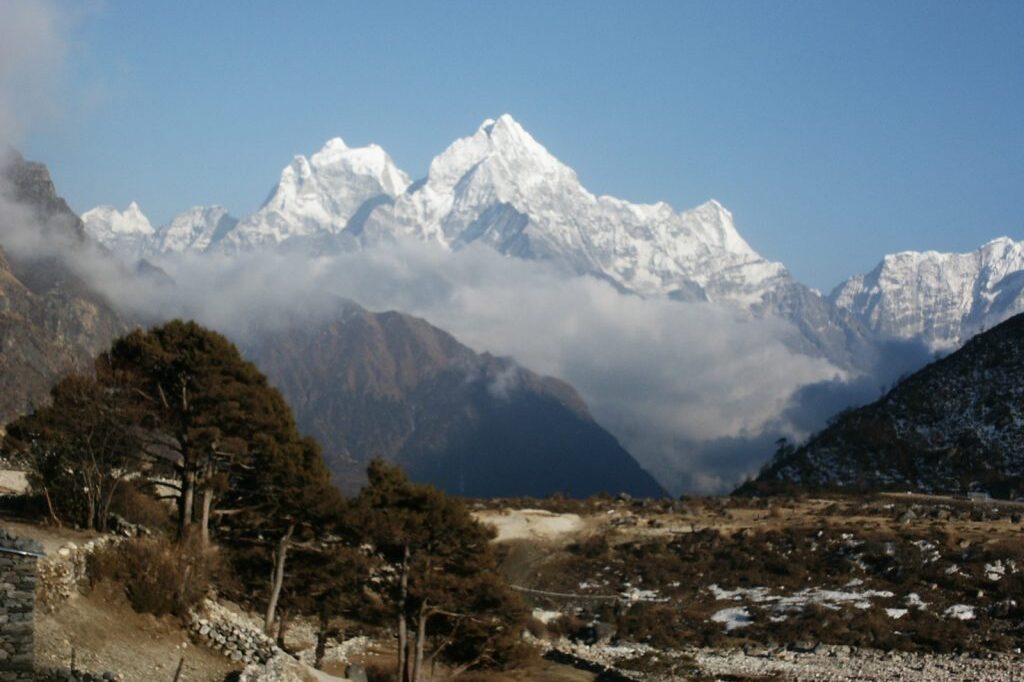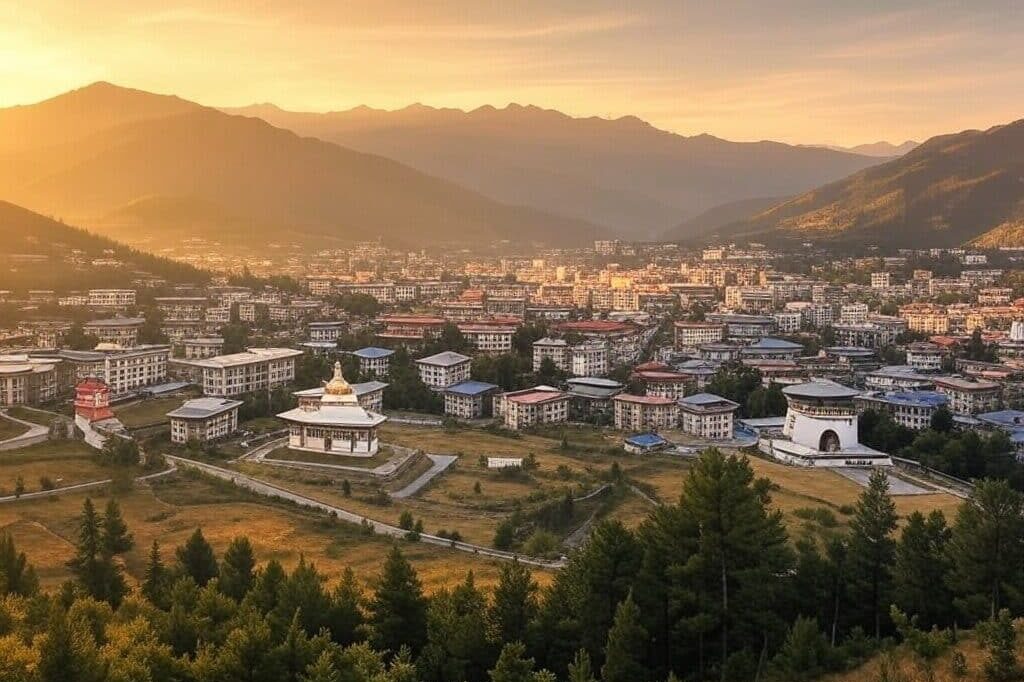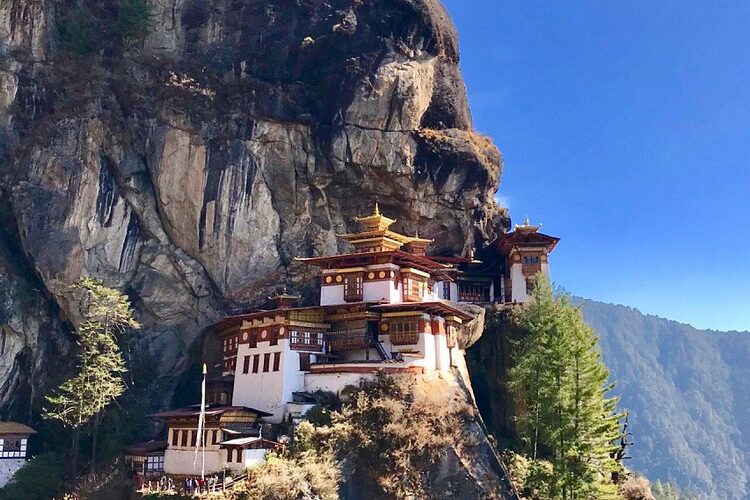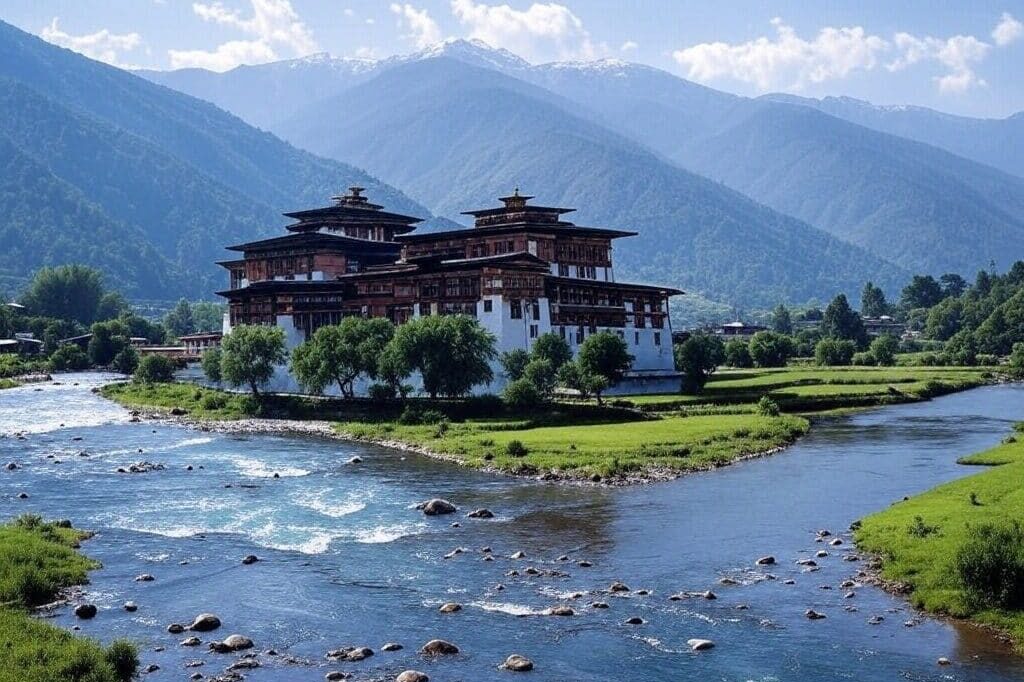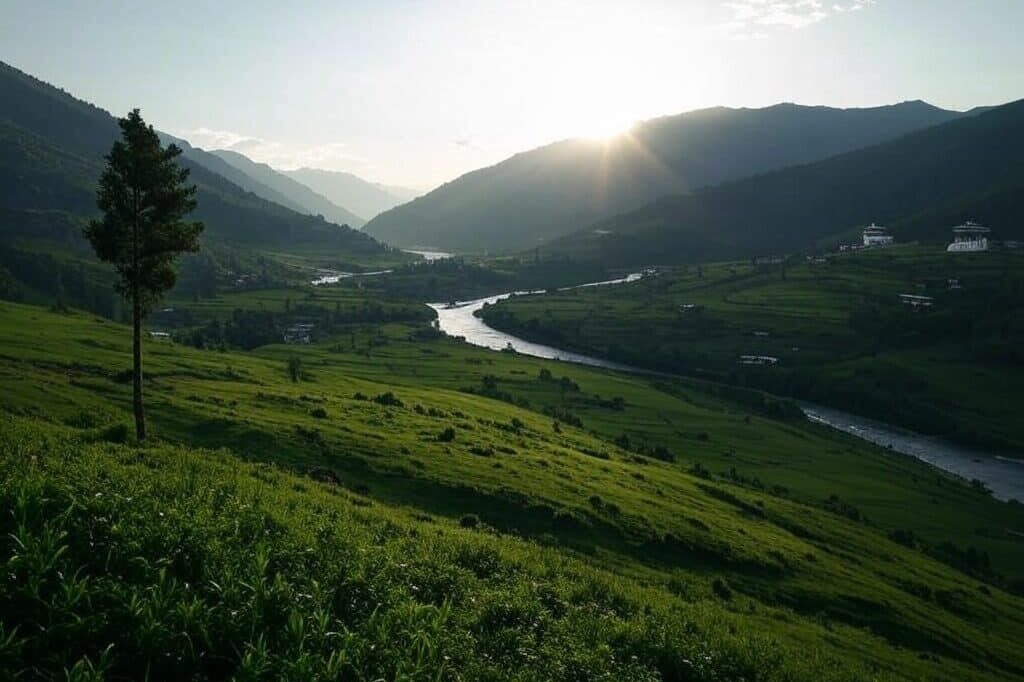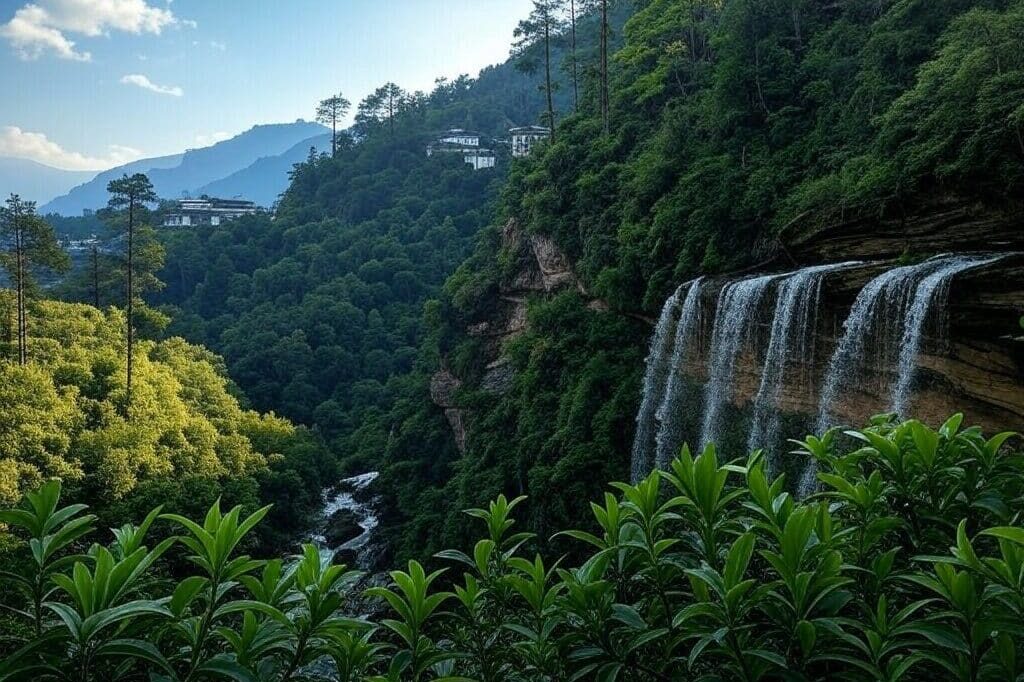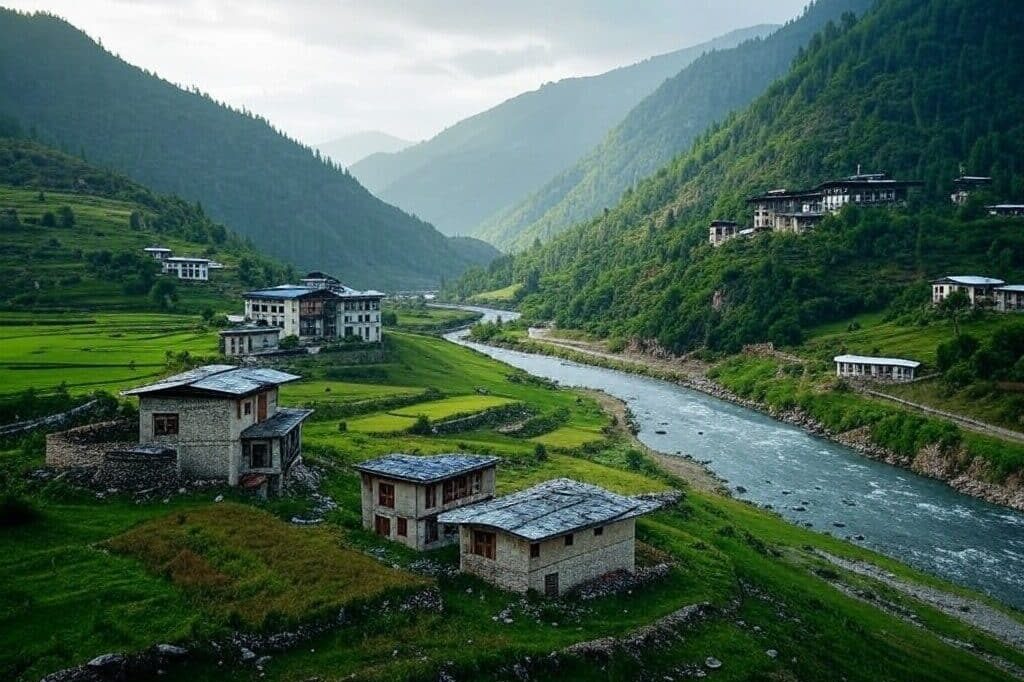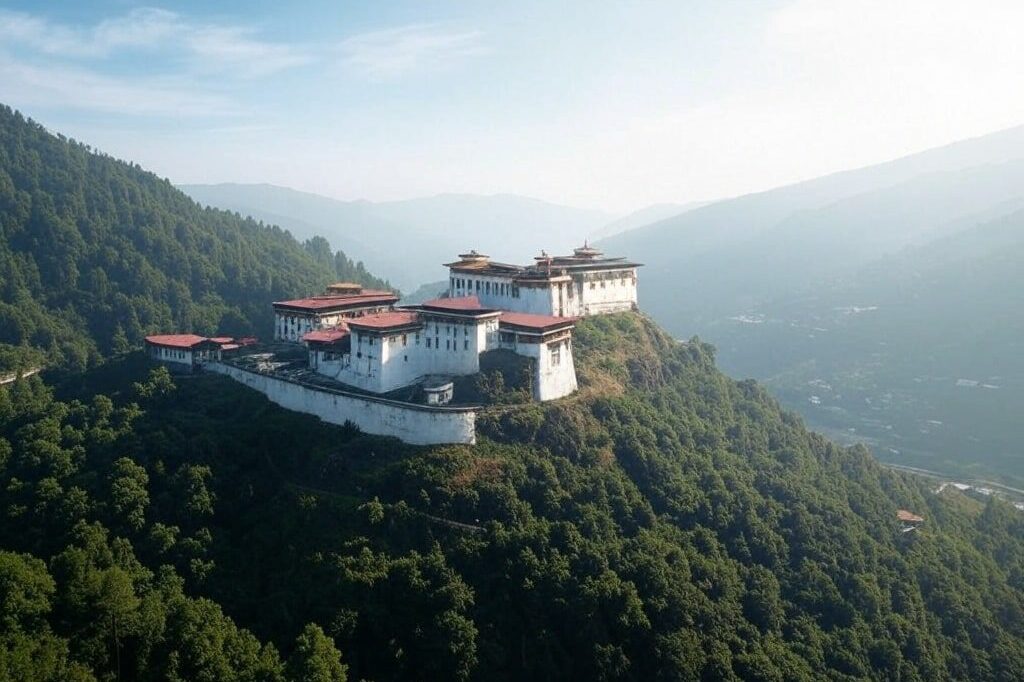Bhutan, nestled in the Eastern Himalayas, is indeed one of the world’s most fascinating kingdoms. The name “Druk Yul” comes from the Dzongkha language, where “Druk” means dragon and “Yul” means land. The thunder dragon imagery is deeply woven into Bhutanese culture and appears prominently on their national flag.
Discover Bhutan: The Last Shangri-La with Bhutan Best Travel
Welcome to Bhutan, a mystical Buddhist kingdom nestled in the Eastern Himalayas. As your trusted Bhutan travel specialists since 2013, we bring you exclusive access to this remarkable destination where ancient traditions seamlessly blend with measured progress.
A Kingdom of Cultural Heritage and Sustainable Vision
Pioneering Happiness as National Progress
This remote Buddhist kingdom has managed to preserve its rich cultural heritage and natural environment through a unique approach to development. Rather than focusing solely on economic growth, Bhutan pioneered the concept of Gross National Happiness (GNH) as its primary measure of national progress. This philosophy, introduced by the Fourth King Jigme Singye Wangchuck, emphasises sustainable development, cultural preservation, environmental conservation, and good governance.
Mindful Tourism and Preservation
The country remained largely isolated from the outside world until the 1960s. Even today, Bhutan carefully manages tourism through a “High Value, Low Impact” policy, requiring most visitors to book their trips through licensed tour operators and pay a daily sustainable development fee.
Geographic and Architectural Wonders
Bhutan’s landscape is extraordinarily diverse, ranging from subtropical plains in the south to alpine regions in the north. The country is home to remarkable architecture, particularly its distinctive dzongs (fortress-monasteries) like the famous Paro Taktsang (Tiger’s Nest Monastery), which clings dramatically to a cliff face.
Traditional Customs and Daily Life
The Bhutanese people maintain strong connections to their traditional way of life. Most citizens wear national dress daily – the gho for men and kira for women. The country’s Buddhist heritage influences everything from daily rituals to festival celebrations, with vibrant tshechus (religious festivals) drawing communities together throughout the year.
Environmental Leadership
Bhutan stands as the world’s only carbon-negative country, where its forests and conservation efforts absorb more carbon than the nation produces. The constitution mandates that 60% of the country must remain under forest cover in perpetuity, demonstrating an unprecedented commitment to environmental stewardship.
Why Choose Bhutan?
Experience the only carbon-negative country in the world, where success is measured in Gross National Happiness rather than GDP. Our curated journeys take you through:
- Pristine mountainous landscapes dotted with ancient dzongs (fortresses) and monasteries, including the iconic Tiger’s Nest Monastery perched dramatically on a cliff face
- Rich cultural immersion with local Bhutanese families, experiencing authentic customs and traditions that have remained unchanged for centuries
- Unique Buddhist festivals (Tshechus) featuring vibrant masked dances, traditional music, and spiritual ceremonies that date back to the 8th century
Why Choose Bhutan Best Travel as Your Gateway to the Kingdom of Happiness?
- Authentic Experiences: Immerse yourself in genuine Bhutanese culture beyond typical tourist routes
- Expert Local Guides: Travel with knowledgeable guides born and raised in Bhutan
- Customized Itineraries: Tailor-made journeys to match your interests, timeline, and budget
- Sustainable Tourism: Eco-friendly practices that honor Bhutan’s commitment to environmental preservation
- Hassle-Free Planning: Complete management of permits, visas, and logistics
Bhutan: A Kingdom Like No Other
- Pristine natural landscapes spanning subtropical plains to alpine peaks
- Unique Gross National Happiness philosophy prioritizing wellbeing over material wealth
- Vibrant living Buddhist culture permeating every aspect of daily life
- Spectacular dzongs (fortress-monasteries) and sacred temples
- Colorful festivals (tshechus) celebrating ancient traditions
Our Signature Bhutan Travel Experiences
Top Rated Cultural Bhutan Travel & Tour Packages
7 Days Fascinating Bhutan
7 Days Hidden Land of Bhutan
7 Days Magical Bhutan
10 Days Western & Central Bhutan
14 Days Dragon Kingdom Insight
21 Days Bhutan Discovery
Top Rated Trekking Bhutan Travel & Tour Packages
7 Days Bumdra Trek
12 Days Druk Path Trek
12 Days Hiking in the Last Shangri-la
13 Days Bumthang Cultural Trek
13 Days Gangtey Cultural Trek
14 Days Bumthang Spiritual Trek
18 Days Merak Sakten Trek
20 Days Laya Gasa Trek
Top Destinations in Bhutan
Trongsa
Hear From Our Satisfied Travellers
Our Guests Rate Their Experience ⭐⭐⭐⭐⭐
Beautiful Bhutan
Bhutan is amazing, ít is beautiful from scenery to people. We were pampered by the tour services, our tour lead is Nidup and all his assistance, we feel very safe and comfortable. We will recommend to our friends whoever want to visit Bhutan. Thank so much Nidup, we have a wonderful time in Bhutan
Dream Come True Vacation
My wife and I recently booked a 9 day private tour of Bhutan with Bhutan Best Travel. Words cannot adequately describe how pleased and happy we are with the high quality of value, service, and price. Beginning with the travel coordinator Jaclyn Zhang, who provided us with the perfect travel package. Upon arriving at the Paro airport in Bhutan, we received a warm and gracious welcome by our guide Sangay and driver Khandu. Both made it their mission to provide us with an extraordinary vacation experience. We were delighted with our guide’s enthusiasm and passion to teach us all that he knew about his country’s people, their history, culture, customs and cuisine. Our driver Khandu kept us safe on the road with his ninja driving skills and the uncanny ability to manifest just about anything we wanted to happen, earning him the nickname Kan-do. These two talented individuals are responsible for making our vacation dreams come true. We highly recommend Bhutan Best Travel to anyone considering a visit to Bhutan. There is no better choice!
A Perfect Trip
This was the Perfect trip from first contact to the end. Every question was answered almost immediately before we arrived and once in Bhutan, we had one of the best guides that I have ever had. Sanguay and our driver, Terine, were always nearby making sure we had an understanding of the culture and history of what we were seeing or getting the best service from our hotel or restaurant. I wouldn’t hesitate using them again or recommending them.
Lifetime trip / Honeymoon
I chose Best Bhutan Travel because it was high on the tripsdvisor ranking - and frankly because their communications were very professional compared to other agencies and individual travel guides I had reached out to. Communication has been fast, crisp and helpful. They were very supportive with the payment which honestly felt so strange to me (you pay Bhutanese agencies through the national Bhutan bank). They took care of the visa, and our return flights from Nepal to Bhutan. We were happy with the suggested itinerary. We spent 12 days together, all the way to Bumthang. On the trip itself we realised it is more of a guideline where to go - with changes possible for e.g. hotel or activities. The latter was notably thanks to our guide and driver who were phenomenal. We had an amazing time with Lotay (guide) and Khandu (driver). They were kind, attentive, knowledgeable and fun to hang out with. They adjusted the itinerary based on our interests* and their experience. We went to the (in)official start of the Paro festival which is held in the "second tiger nest". We were the only Western foreigners and were so welcomed by all locals, and really enjoyed watching the masked dances, with Lotay explaining to us their meanings and purposes. *Our guide was very, very attentive. For example I mentioned quickly that my wife does a lot of arts and crafts. Therefore, we visited a paper making factory and the institution of 13 arts in Timphu. We really appreciated it. We also went to Karaoke twice, and competed in archery and darts. Our visits to the temples were amazing, with Lotay teaching us about tantric Buddhism, and as a very social person, always talked with the monks and shared more insights with us. Along the way we learnt from the head monks and got blessed. Honestly I could go on about all the positive aspects. On the 2nd day I briefly mentioned that this trip was actually our honeymoon. The very evening they congratulated us with wine and cake, and every hotel had some decoration to celebrate our marriage. It was also very important for me that we eat local, Bhutanese food. It's spicy, trust me. This may be an important element to mention in your planning so that restaurants and hotels are made aware. Our guide and driver took care of everything. We were also always fed to keep energy levels up. Honestly, you get the drift, so I wholeheartedly recommend Best Bhutan Travel. Finally, surprisingly, some hotels were very nice and empty, as if they were just booked for us. We were lucky. As a word of advice: the more East you travel, the more you'll spend time in the car, so prepare accordingly your expectations. We did enjoy Trongsa and Bumthang though! Very different to Western Bhutan.
VISA Approval Guaranteed for Bhutan Travel & Tour Packages
Explore Bhutan with a Hassle-Free Visa—or Your Money Back
Experience The Magic Of Bhutan With The #1 Rated Bhutan Tour Agency Today!
We’re here to help make your dream journey come true.
Frequently Asked Questions (FAQ) on Bhutan Travel & Tour Packages
Yes, you can customise your Bhutan trip! Flexibility includes:
- Modifying existing packages or creating new ones
- Choosing your preferred destinations, activities, and accommodation
- Adjusting trip duration and pace
- Personalising experiences (cultural, adventure, spiritual)
Simply share your preferences with our team, and we’ll work together to create your ideal Bhutanese journey, keeping in mind any seasonal or permit requirements.
We offer exclusive discounts for groups of 5 or more travellers. Please contact us directly for special rates and benefits including:
- Customised itineraries
- Private guide and transport
- Group coordination support
- Preferential booking terms
For best arrangements, we recommend booking 3-4 months in advance.
Terms apply. Contact our team for your personalised group quote.
The minimum recommended duration is 5 days to experience Bhutan’s cultural highlights. However, 7-10 days allows for a more comprehensive exploration of Bhutanese culture and traditions.
Cultural tour packages in Bhutan start from US$250 per person per day during peak season (March-May, September-November) and US$200 during off-peak season. This includes accommodation, transport, guide, meals, and the mandatory Sustainable Development Fee of US$100 per day.
The best time for cultural tours is during spring (March-May) and autumn (September-November). These seasons offer pleasant weather and coincide with major festivals like Paro Tshechu (spring) and Thimphu Tshechu (autumn).
Standard cultural tours include:
- Tiger’s Nest Monastery (Paro Taktsang)
- Punakha Dzong
- Traditional mask dances at festivals
- Local farmhouse visits
- Buddhist temples and monasteries
- Traditional arts and crafts centres
- Folk Heritage Museum in Thimphu
Bhutanese festivals follow the lunar calendar, so dates vary yearly. Major festivals like Thimphu Tshechu and Paro Tshechu are usually held in spring and autumn, but exact dates should be confirmed when booking.
Note: All prices and policies mentioned are subject to change. Please verify current rates and requirements when booking your tour.
Yes, we guarantee your Bhutan visa application process with a full refund policy!
Our Guarantee:
- We handle all visa paperwork professionally
- High success rate with complete documentation
- If your visa is denied for any reason, we provide a 100% refund of your payment
- Our team will assist with reapplication if you wish to try again
For the smoothest experience, we recommend:
- Applying at least 1 month before travel
- Providing complete and accurate documentation
- Having valid passport (minimum 6 months validity)
- Confirming your travel insurance
Peace of mind guaranteed – Book with confidence!
We recommend booking 2-3 months in advance for the best experience. Here’s why:
Peak Seasons (Book 3-4 months ahead):
- Spring (March-May)
- Autumn (September-November)
- Major festivals and events
Regular Seasons (Book 1-2 months ahead):
- Summer (June-August)
- Winter (December-February)
Last-minute bookings possible but:
- Limited flight and hotel availability
- Higher prices
- Less flexibility with customisation
Book early for better rates, preferred accommodation, and smoother visa processing!
Yes! Your flight to Bhutan is fully covered in our travel packages.
What We Handle:
- Flight bookings on Druk Air or Bhutan Airlines
- All domestic flights within Bhutan
- Airport transfers
- Flight schedule coordination with your itinerary
- Check-in assistance
Yes, we do! Bhutan Best Travel offers exclusive discounts for group bookings. Whether you’re planning a trip with family, friends, or a corporate team, we’re happy to provide a customized deal just for your group.
We recommend all travellers to obtain their own travel insurance.
A Commitment to Sustainable Tourism
Bhutan’s Sustainable Development Fee (SDF) is a cornerstone of the country’s visionary
“High Value, Low Volume” tourism strategy. This mandatory daily charge ensures that
tourism aligns with Bhutan’s goals of environmental conservation, cultural preservation, and
equitable socio-economic growth for its communities.
Standard Fee Structure
- Adults (excluding Indian nationals): $100 per night
- Children aged 6–12: $50 per night
- Children 5 years and under: Exempt
Special Rates and Conditions
- Indian Nationals: Indian Rupees 1,200 per night (requires a special entry permit).
The SDF funds development projects, preserves cultural traditions, enhances
sustainability, upgrades infrastructure, and provides free healthcare and education.
A visa is to be obtained through a foreign or local agent in Bhutan (excluding Indians, Bangladeshis and Maldivians).
We require a scanned clear copy of your passports to process visas. Payment is required to be made in full in order to process your visa. Please ensure that your passport has more than 6 months of validity.
There is will be no charge for delays in arrival and departure due to weather conditions, flights disruption or road blocks. However, the guest will have to bear the cost of food, accommodation transportation and other services required.
Bhutan’s currency is the Ngultrum (Nu.) that is at par with the Indian rupee. US dollar are also accepted only at certain shops, restaurants and hotels. Generally, credits cards are not accepted, with the exception of hotels.
Almost all hotels in Thimphu and Paro have internet access. Mobile (cell) phones are also widely used with international roaming facilities.
Bhutan is an ideal place for photographers, offering immense opportunities for photography, especially our outdoor sightseeing trips.
However, indoor photography is not allowed inside Dzongs, temples, monasteries and religious institutions, unless you have a special permit from the Department of Culture.
Nevertheless, you can capture images of the landscapes, panoramic views of the mountain ranges, the rural folk life, the flora and fauna, the Bhutanese architecture and the Dzongs and Chortens in particular.
Tipping is generally only for your guide & driver, hotel porters, and trekking crew, as for the rest, tipping is generally discouraged. For children accompanying you, please do not include them in the tipping formula as only adults need to tip.
1- 2 persons travelling: US$8 – 10 per person per day for your guide & USD5 – 7 per person per day for your driver
3 -8 persons travelling: USD6 – 8 per person per day for your guide & USD3 – 5 per person per day for your driver
8-16 persons travelling: USD4 – 6 per person per day for your guide & USD3 – 5 per person per day for your driver
For travellers that are staying more than 8 nights, we recommend a slightly lower rate to be paid for your guide and driver tips, at your own discretion.
You will also need to tip your trekking cooks and horsemen (not structured to day hikes). Normally, your trekking guide will be with you throughout your entire journey. Tip your guide & driver at the end of your tour using the formula above.
We recommend the below total tips for the entire cook/horsemen crew and not per person.
Tips for 5 trekkers or less:
Short treks 4 nights or less: total USD80 to the cook/s & total US$50 to the horsemen
Longer treks 5 night plus: total USD150 to the cook/s & total US$80 to the horsemen
Tips for 6 trekkers or more:
Short treks 4 nights or less: total US$150 to the cook/s & total US$100 to the horsemen
Longer treks 5 nights plus: total USD200 to the cook/s & total USD150 to the horsemen
Tourists travel in Bhutan with medium-sized buses (20-22 seats), small buses (8-12 seats) or hired cars. Larger coaches are not permitted due to the road’s limited width.


